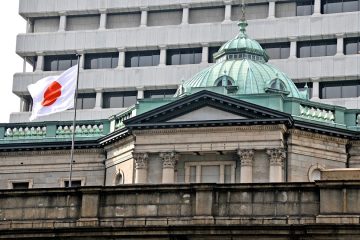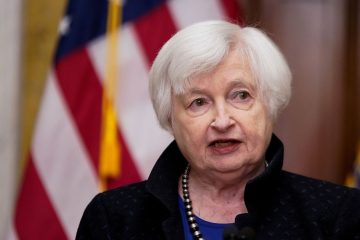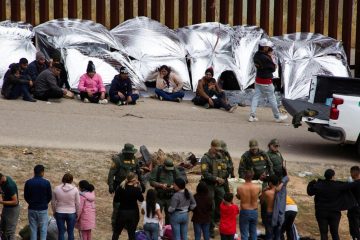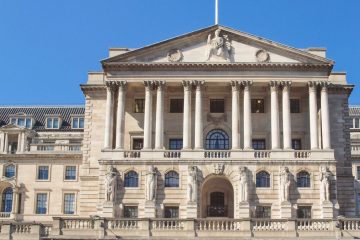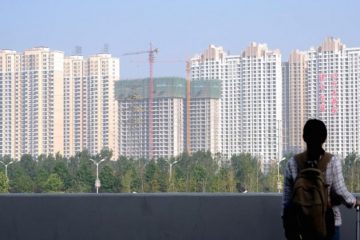These 5 Trends Will Shape the Global Economy in 2017
Every year brings its share of events that take us by surprise and shake up the global economy. Few prognosticators saw Britain voting to leave the European Union in 2016, though the decision will likely have important implications for global trade in the coming years. And it almost goes without saying that most polls and pundits failed to anticipate Donald Trump’s election victory in the U.S.
That said, many of the economic trends that shape our world can be spotted ahead of time by careful observers. Whether it’s the return of fiscal stimulus under a Trump administration, or the Federal Reserve’s plans to accelerate the pace of interest rate hikes, here are 5 trends to focus on in the new year.
1#Europe Continues to Unwind
If the surprising Brexit vote were Europe’s only problem, European policy makers and stakeholders in the continent’s economy could rest easy. But Britain’s exit from the EU could be the least of its worries, according to Carl Weinberg, chief economist with High Frequency Economics. He argues that a recent referendum in Italy reaffirmed the appeal of populism and anti-European sentiment, showing just how fragile the entire European project is.
It’s not clear when Italy’s next elections will be held (the latest would be February 2018), but the referendum results suggest that mainstream parties that favor a unified Europe are losing support fast. “If Italy moves out of the Euro Zone and away from the European Union, the economic and financial implications will throw European economies into recession,” he writes in a recent analyst note, arguing that the process of unwinding Italian banks’ obligations to the rest of the EU could spark a financial panic.
2# China Continues to Slow
President Xi Jinping will begin the final year of his first term in 2017, and the challenges he faces managing the world’s second largest economy are manifold. China’s government is aiming for growth rates of 6.5% over the next five years, but recent experience has shown that reaching or even exceeding these goals will not lead to a stable Chinese economy unless those targets are hit in a sustainable manner.
Since the financial crisis, policymakers have propped up growth by supporting the corporate sector with cheap credit to invest in infrastructure and China’s formidable export sector. But that credit has been increasingly funnelled into less productive investments, leading overall debt to soar. According to a recent analysis by the International Monetary Fund, “overall credit growth has been averaging around 20% per year, much higher than nominal GDP growth.” That’s not a sustainable strategy for future economic growth, and President Xi must do more to rebalance the economy towards consumer spending in the coming year if the Chinese economy is going to continue to power global growth going forward.
3# It’s Trump’s Economy Now
Halfway around the world the new American president, Donald Trump, will be embarking on his own substantial reform projects. One such effort will be a program of tax cuts and infrastructure spending, which independent analysts say will balloon the federal government’s deficit at the same time that spending on entitlements like Medicare and Social Security is on course to soar.
Depending on how the new administration structures its infrastructure investments, that spending could be a boon to growth going forward, and one that could be bought cheaply given today’s low interest rates. These decisions, however, will be made based on politics as much as economic fundamentals. The power struggle between Republican leaders on Capitol Hill and the White House will be one that economic forecasters follow closely, as it will determine whether a traditional Republican vision of small government and tax cuts wins out over Trump’s populist impulses.
4# But Also Janet Yellen’s
The one governmental institution that the Republican Party doesn’t control is the Federal Reserve. The independent central bank will be tasked with managing the money supply in reaction to new fiscal policies. Already predicting an acceleration in the pace of interest rate increases, Fed Chair Janet Yellen may be forced to move faster in that regard if generous fiscal spending overheats the labor market and leads to inflation significantly above the central bank’s 2% annual target.
5#Trade Will Remain at the Fore
The most stable global policy stance of the past 70 years has been the steady march toward ever-freer trade. But the low-hanging fruit of removing trade barriers has long since been picked. And 2016 showed us that the electorates in the wealthy world are no longer going to brook policies that they feel sap their potential income growth in return for imperceptibly cheaper products and much higher pay for a select few.
All eyes will be on President-elect Trump as he sets the tone for global trade. Will he move to pull out of NAFTA, or will he set his sights on reshaping trade with China, possibly running afoul of World Trade Organization rules? Trump may even play a role in the aforementioned Eurozone drama, as he has indicated his willingness to quickly negotiate a trade deal with Britain, making the option of leaving the EU a more enticing ones for states that continue to be members.

